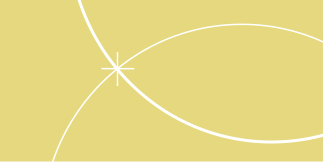Wound Balance - Achieveing Wound Healing with Confidence

- Approx. time to complete
- 60 min
- Topics
- Wound Balance
For every patient with a chronic wound, the protocol was as follows: Photographic documentation with klonk image measurement
This checklist was performed at the each dressing change for at least a 4-weel period.
After introducing HydroTac bandages, we compared our results with the effects of conventional sponge bandages. For a quick and easy assessment, we have used the six questions above to measure the efficiency of the hydro bandages, and the difference was immediately unequivocal. We are presenting the parameter changes of ten patients - either sole and forefoot diabetic wounds and patients with leg ulcers.
Istvan Rozsos
Theta Center, Pecs, Hungary
Gergely Vadasz
Theta Center, Pecs, Hungary, University of Pecs, Department of Vascular Surgery, Pecs, Hungary
Melinda Gadacsi
Theta Center, Pecs, Hungary, University of Pecs, Department of Vascular Surgery, Pecs, Hungary
Hello, I’m Zoe
I am here to help you to find what you are looking for. (Your virtual assistant)